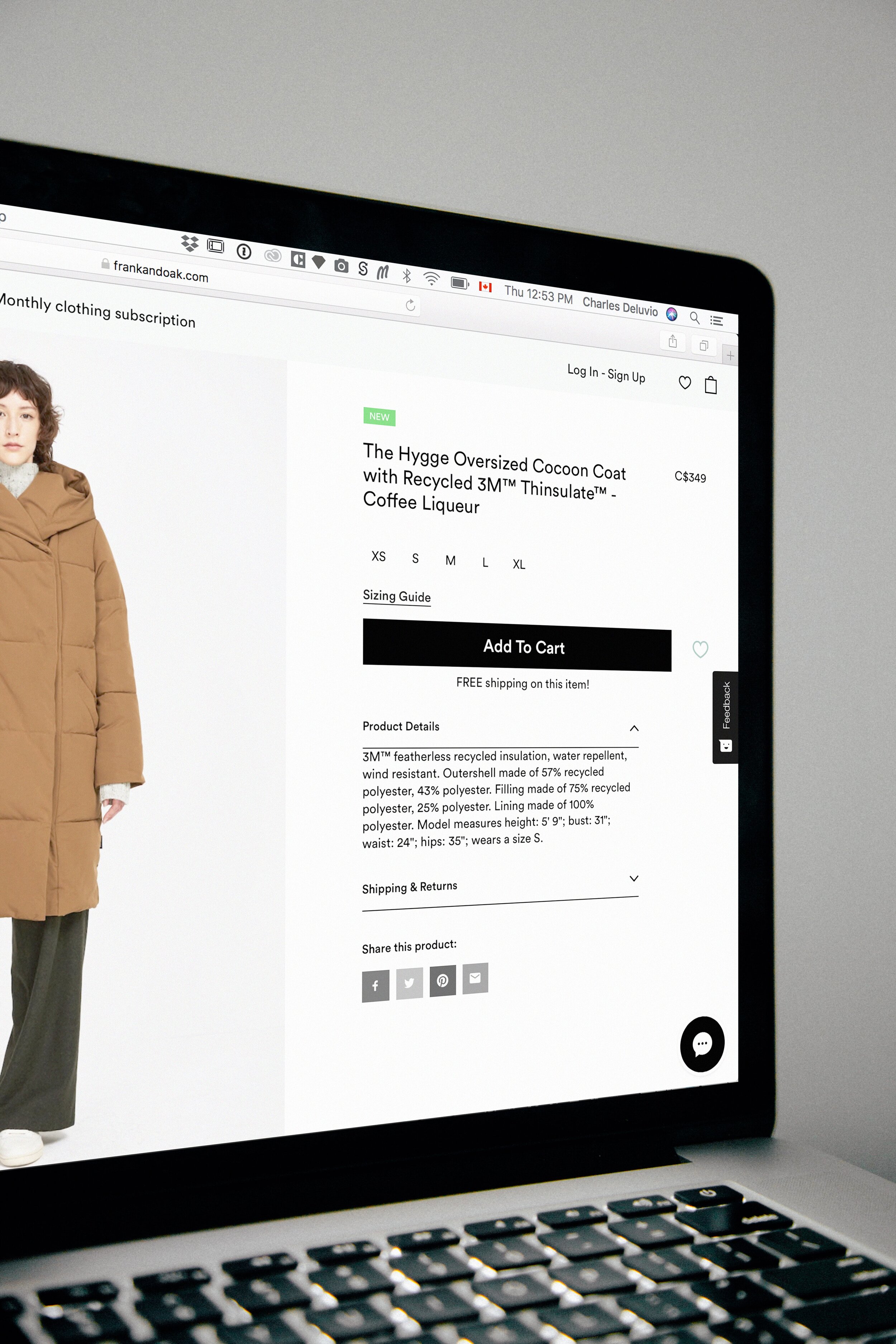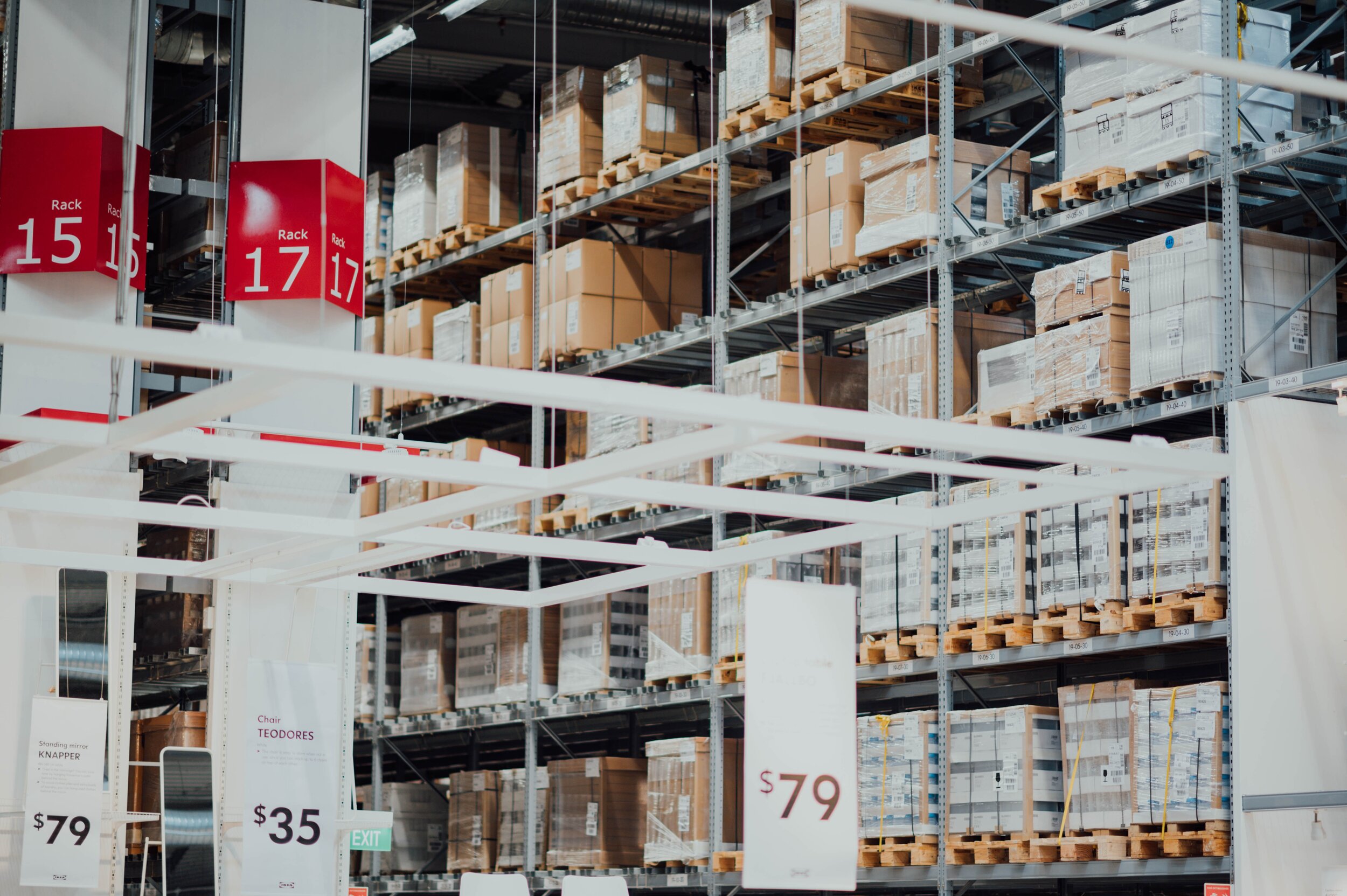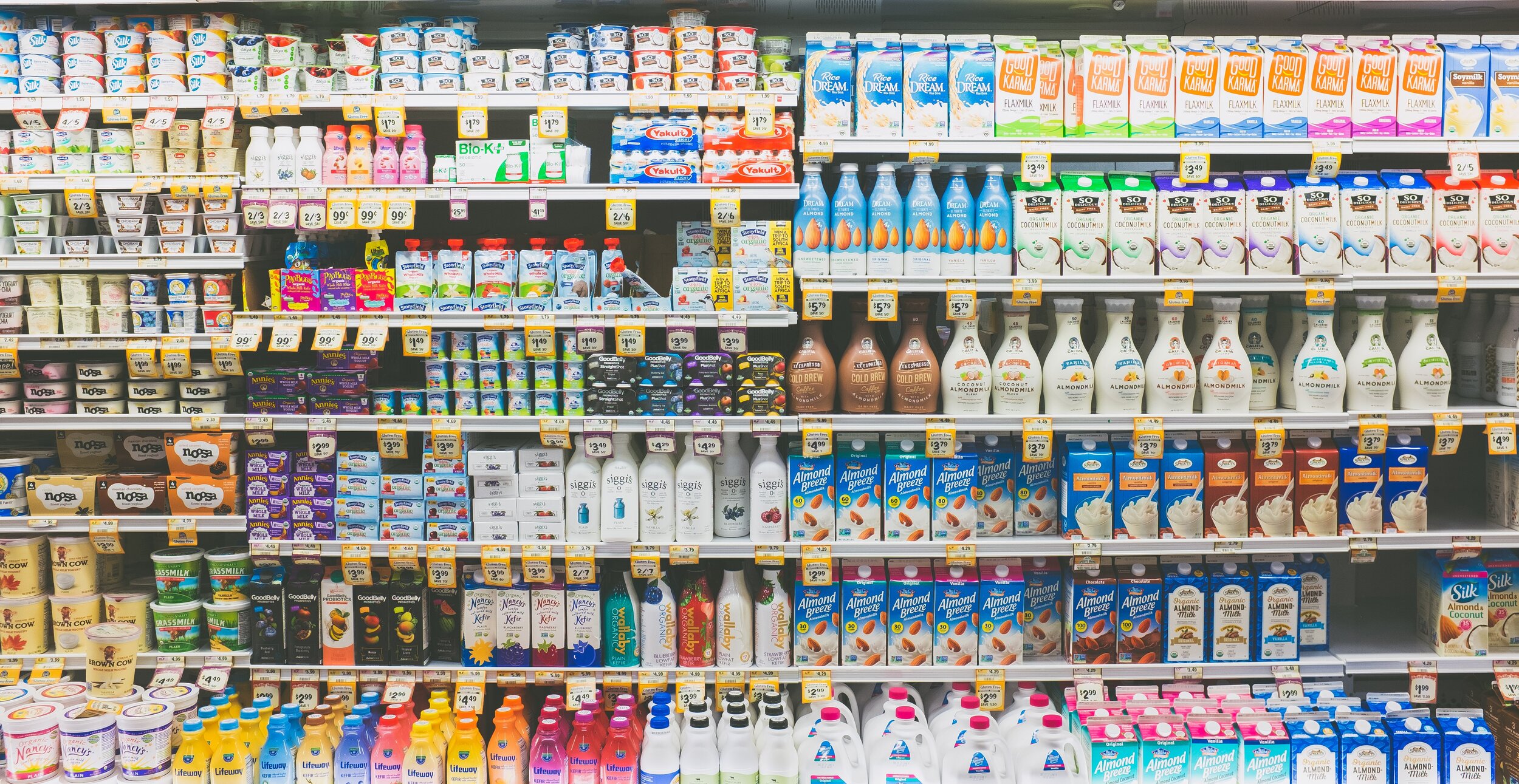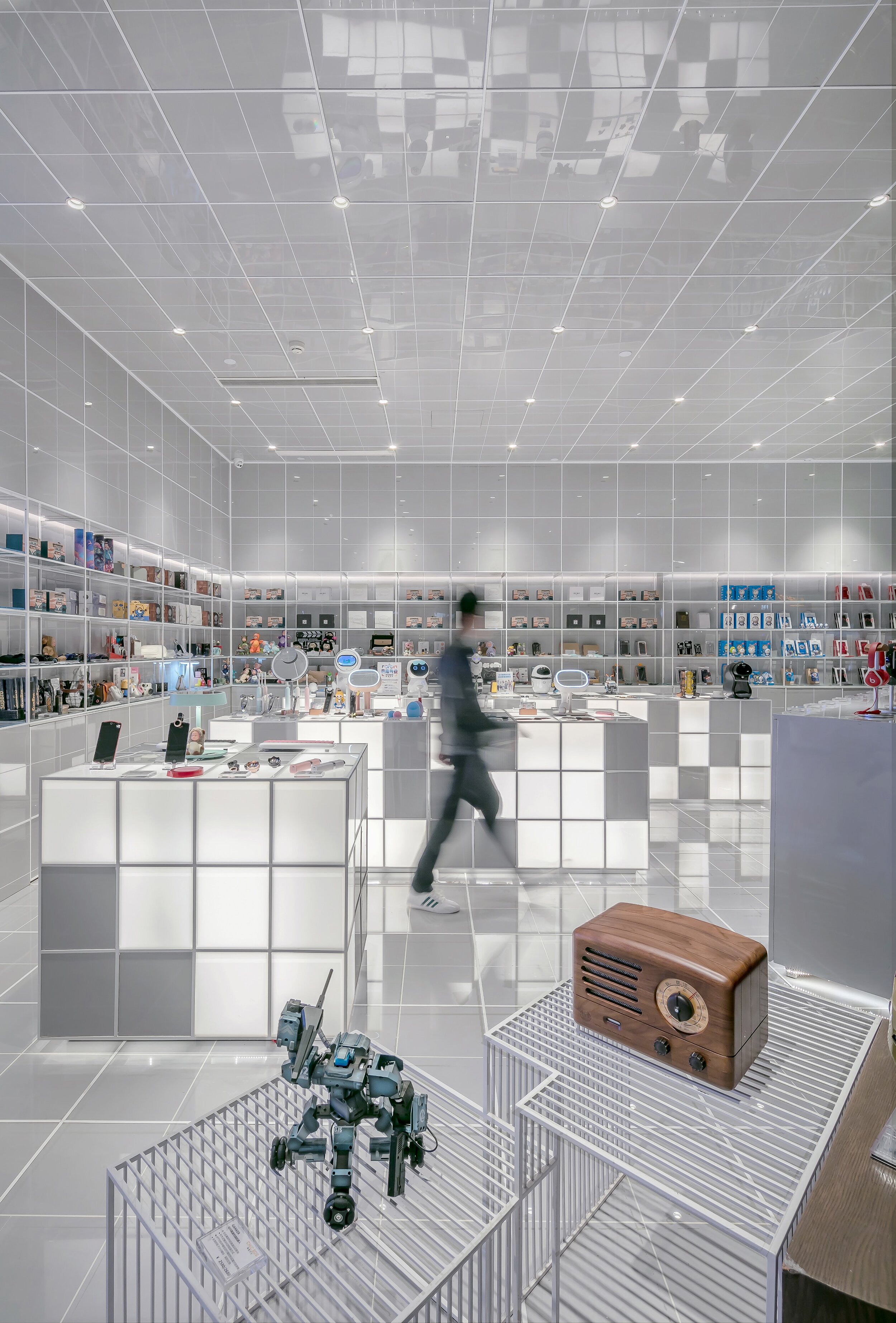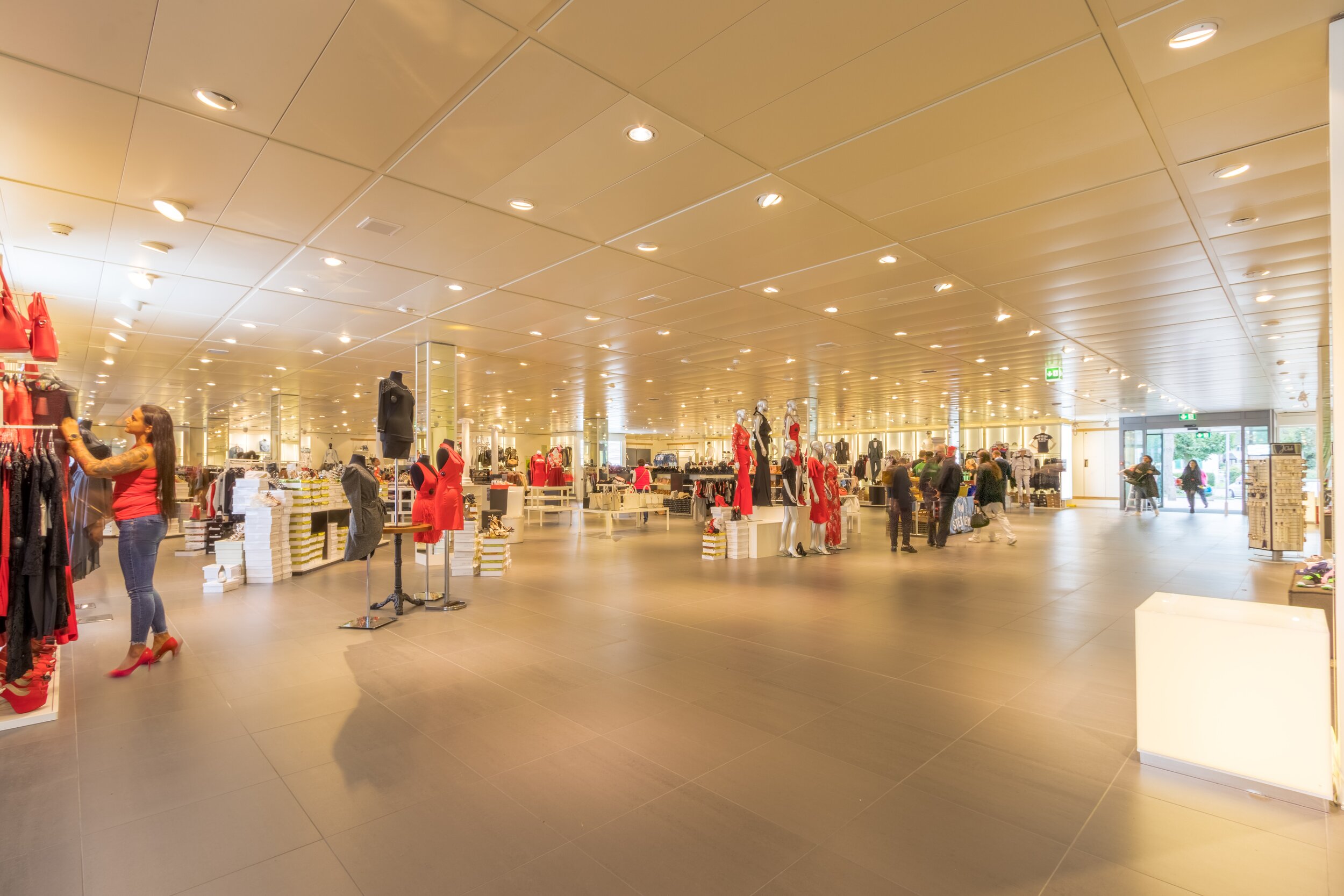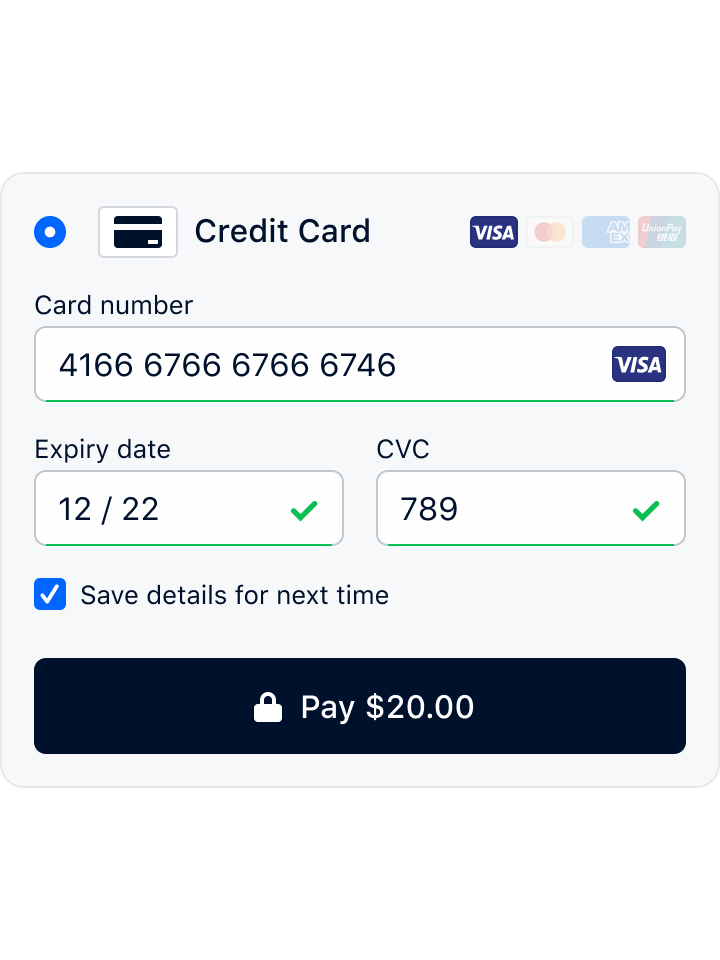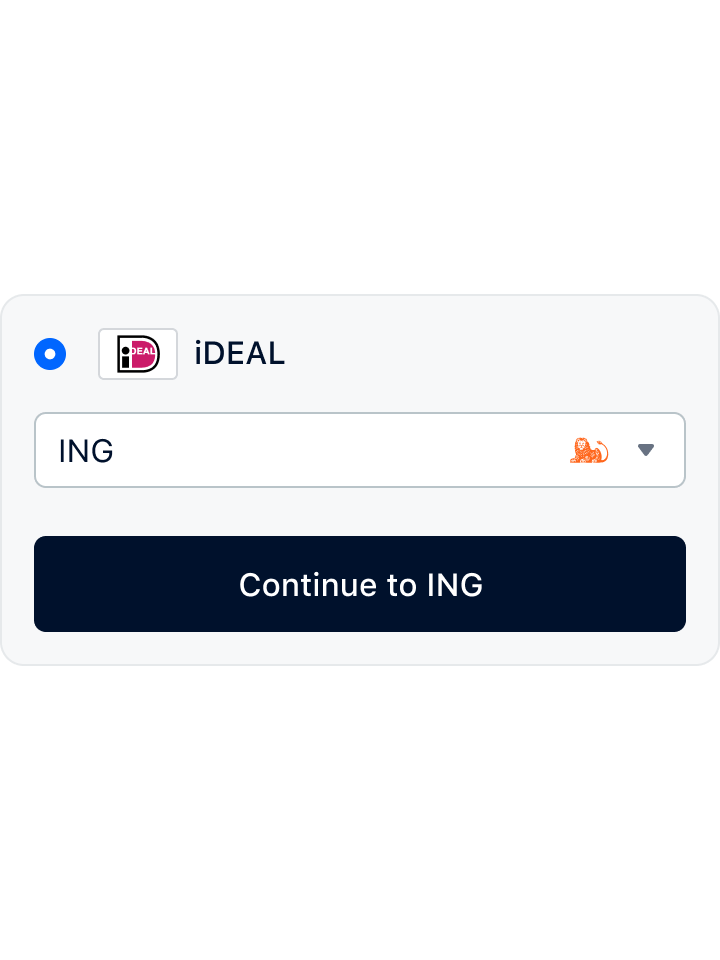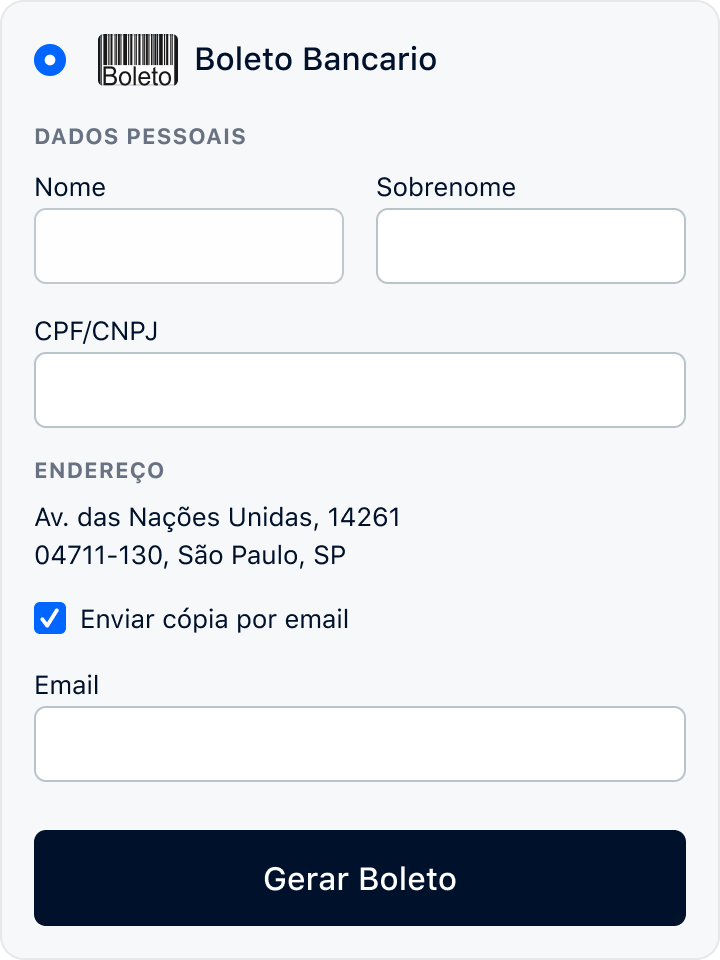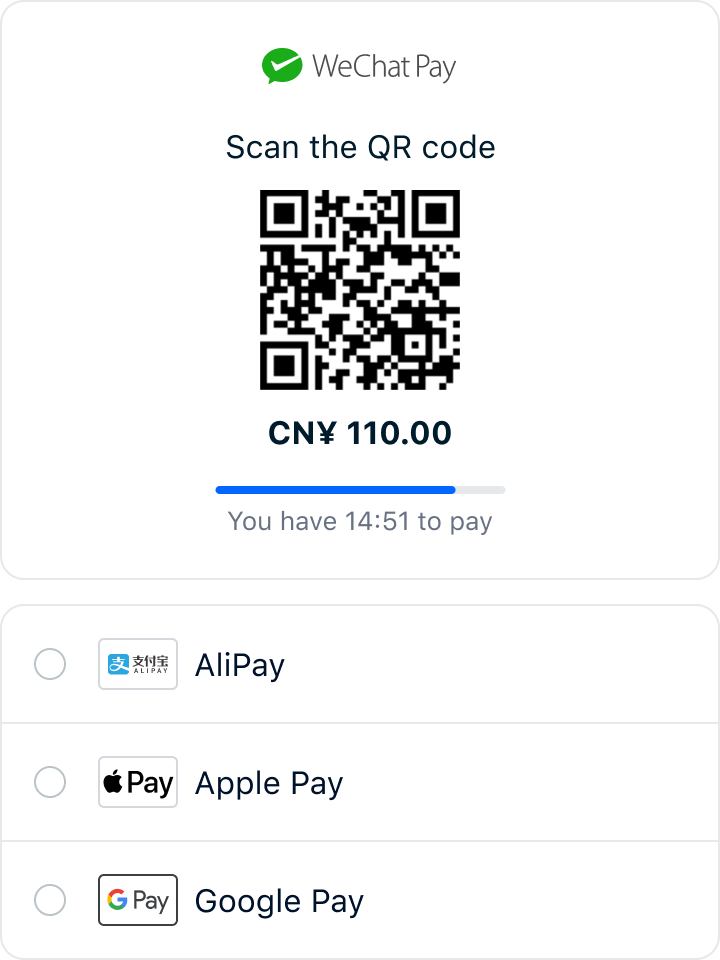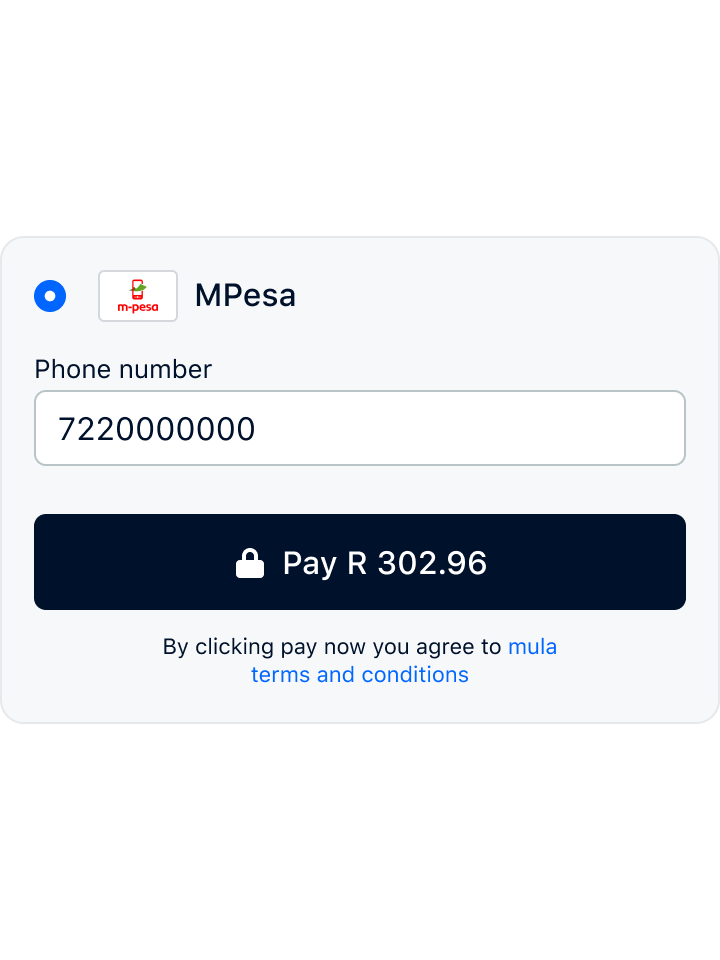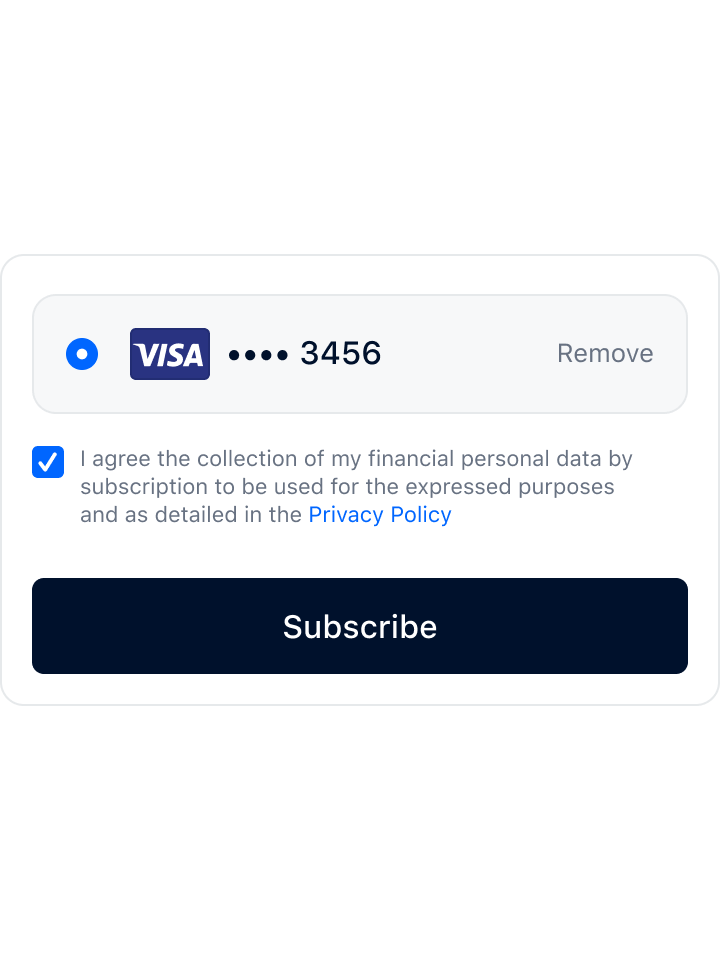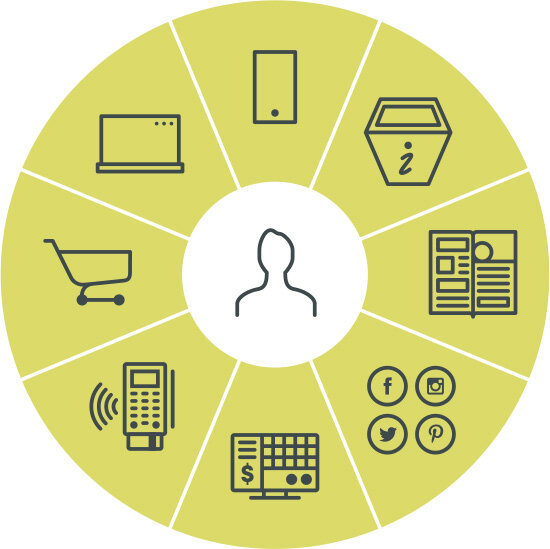University modernises its retail operations to give staff and students seamless experiences using Infinity unified commerce platform
We’re delighted to announce that the University of Canterbury has chosen Infinity for the standardisation of its point of sale systems.
In 2019, the University kicked off a wide-ranging programme of work to upgrade its technology infrastructure and transform the student experience. This included a project to unify its disparate, legacy point of sale systems across the campus onto a single retail platform.
Toni O'Donohue, Finance Shared Services Manager at the University, says that a key driver for the project was to eliminate security risks and ensure the University met the payment card industry (PCI) security standard. “By upgrading our retail system we would not only ensure that our customer information was protected, but we could also provide our staff, students and stakeholders with a seamless customer experience, now and in the future.”
Deloitte was appointed to manage the project and, after evaluating a wide range of retail solutions and conducting a competitive RFP, the contract was awarded to Triquestra.
Toni says the University needed a partner with strong retail sector knowledge and experience to support the University’s growth and reduce the administration burden. A key factor in their decision was Infinity’s maturity and support for a broad range of retail environments.
“We needed a proven solution that could seamlessly integrate with our enterprise finance system and technology stack spanning a large number of apps, data and business systems. Infinity was the best solution to meet that need.”
During August 2020, Triquestra’s support partner ECL Group deployed Infinity across six Business Units providing a diverse range of online and on-site offerings, from parking permits, cashiers, accommodation, lockers and printing centres, through to products and services sold by the Schools and Colleges.
Fast, easy and accurate
The University now has a modern retail management system that will adapt and evolve to the University’s future technology, business and regulatory requirements.
“We've had really positive feedback from users about how easy the system is to use and how it's made the whole sales process a lot quicker and more efficient for them,” says Anne Campbell, the University’s Team Leader at Finance Shared Services.
“Many of the Business Units previously grappled with multiple systems that didn’t easily integrate and were taking a lot of time and effort to maintain. They now have a single system with a consistent process that saves time, reduces errors and frees them up to focus on the customer rather than the transaction.”
Their users can now see sales data in a more timely way, with Infinity giving them accurate, up-to-the-minute reporting on transactions to help them improve their forecasting and purchasing.
“And, of course, we’re now PCI compliant,” says Toni. “This is critical for our customers’ security and peace of mind, and protects our operations and business reputation.”









